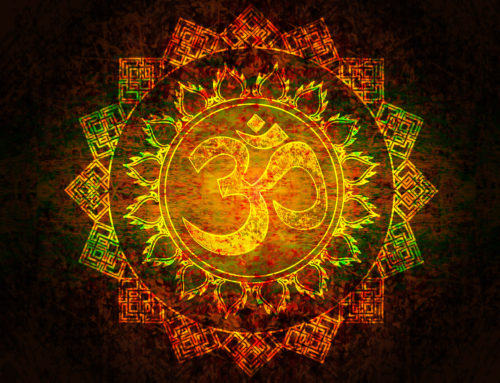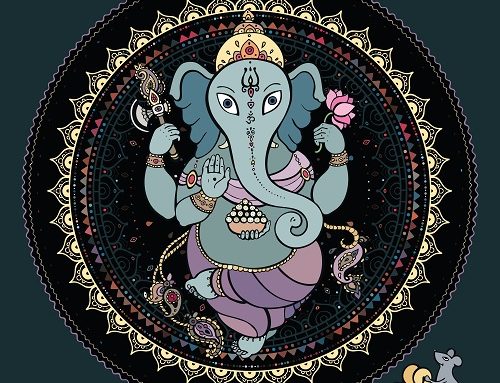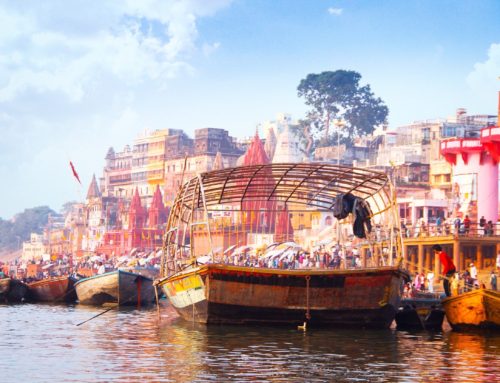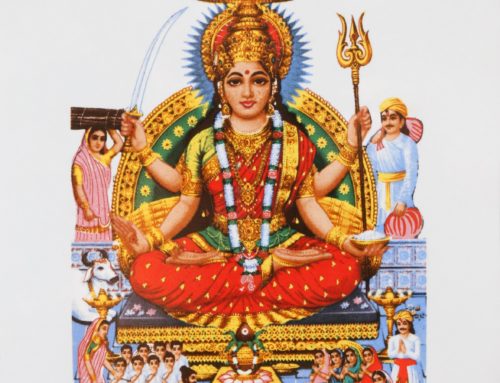Easily one of my favorite uses of vedic astrology is the clear and vivid insight it offers into the spiritual development of a person. Ultimately all astrology boils down to our spiritual evolution because our entire birth chart is nothing more than a manifestation of our karma, and our karma has one aim and purpose; to drive us towards spiritual realization (though it may take many lifetimes!). Even though much of our karma may be posited in other areas of our chart such as career, marriage and children and other seemingly mundane or worldly activities, every single aspect of the chart can also be read on a completely different level where the entire chart portrays the soul’s journey through lifetimes. The same planetary aspects that led you to a certain career in the mundane sphere of life may also indicate how the soul is yearning to express itself and shape the environment around it. The combinations that led to your marriage can also give insight to what the soul feels it is lacking and needs to unify with to complete itself. In these and many other ways the natal chart can reveal an incredible spiritual depth to life when it is looked at as a manifestation of the soul’s yearning for enlightenment.
Dharma and Moksha
In vedic teachings there are four basic motivational impulses that we experience as humans; Kama, Artha, Dharma and Moksha. Kama represents our drive towards sensual and pleasurable experiences. Artha is often described as “meaningful action” or efforts with material rewards. Motivations involving wealth, power, fame and status are represented by Artha. This leaves Dharma and Moksha. The first two impulses depict worldly life and ambitions, whereas the last two of Dharma and Moksha depict spiritual life and ambitions. Dharma literally means “law” and refers to the spiritual laws and principles we live our lives by. It can also mean the Law of the universe and our relationship with it. In spirituality our Dharma is the route we choose and the journey we take to get to Moksha, and Moksha is the final destination and culmination of our Dharma.
Dharma can still have some physical attachments and motivations. A great example of Dharma is illustrated in the Bhagavad Gita, one of the central texts of Hinduism, by the character of Arjuna. He is fighting not for the sake of wealth, fame or any of the lower motivations but because of justice and duty, following the Dharma (laws) of his Kshatriya-warrior caste. This is the more worldly sense of dharma in striving to find our purpose and live by certain principles. Moksha has no worldly ambitions or desires at all regardless of how noble they may be. Moksha is purely concerned with enlightenment and spiritual attainment, the word itself literally meaning “liberation” or “freedom” from worldly attachments. To put it simply; Kama is a life lived for pleasure, Artha is a life lived for ambition, Dharma is a life lived for principles and morals, and Moksha is a life lived for spiritual liberation.
Dharmadevata and Ishtadevata
The dharmadevata and the ishtadevata are two important technical terms in vedic astrology when it comes to understanding the spiritual side of a chart. The dharmadevata is the archetype or influence in the chart that motivates you towards the path of dharma and indicates what kind of dharma you may follow. For example, someone who has the Sun indicating the dharmadevata may naturally follow a life path more like Arjuna, choosing to fight for justice and overcome evil in the world. Someone with a dharmadevata indicated by Saturn may prefer to live a much more austere life and live by principles of sparsity and seclusion.
The ishtadevata indicates the impulses and inclinations of the natal chart as a whole. It is a kind of boss over all the other planets because it indicates the will and authority of the soul over all of the karmic matters in the chart. This is a very important part of the natal chart because it strives to keep the other planets in the chart “in line” so-to-say, and makes sure that the whole chart follows a general destiny. Astrology can help you figure out what the ishtadevata is represented by in your chart and how to enhance its beneficial effects in your life, living more in line with the principles indicated by the ishtadevata. The more in harmony you live with the dharmadevata and the ishtadevata the more in harmony your whole life and destiny will be. This is of the utmost importance for all people actively following a spiritual path and striving to attain moksha.
If you would like to schedule a spiritual reading simply click here and choose the spiritual reading option from the schedule menu. A typical reading will last for 30 to 45 minutes depending on your questions and the depth you want to go into the chart.





